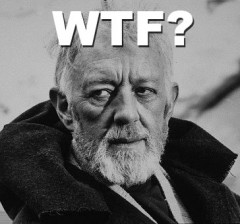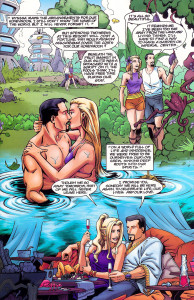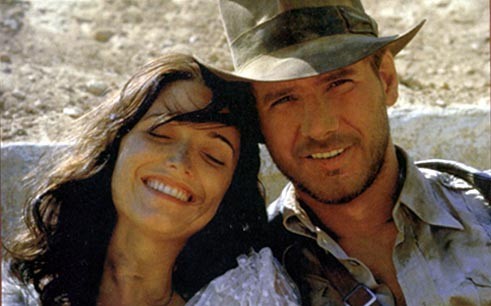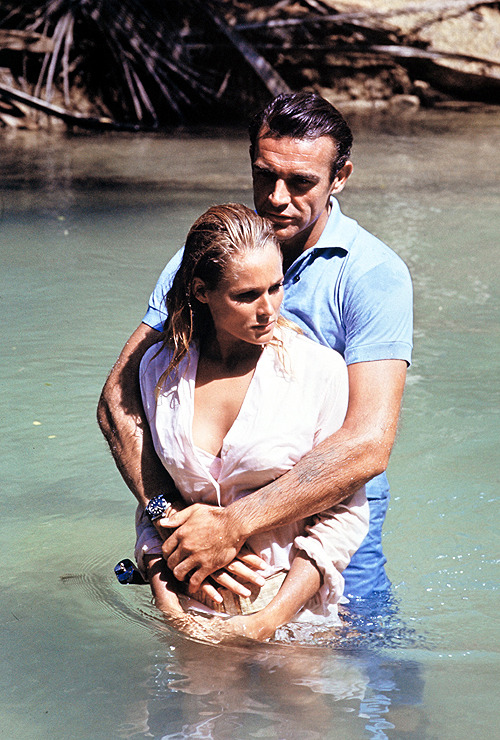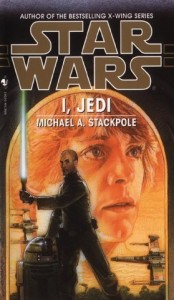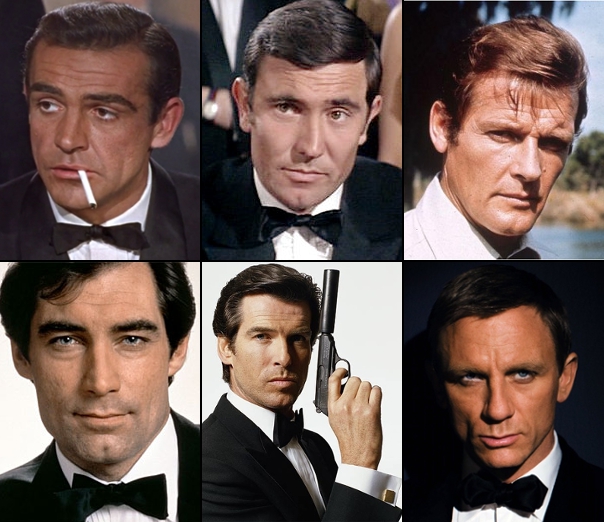
“Spy fiction” may conjure images of the Cold War, but the genre was already well-established beforehand and has remained incredibly popular long after the collapse of the Soviet Union, permeating film, literature, and television. It’s true that spy fiction blossomed as espionage took center stage in the Cold War, but it was born decades earlier in the balance-of-power struggles of the European great powers, matured in the World Wars, and continues in prominence with the centrality of the intelligence community to the War on Terror. Stories of spies, assassins, saboteurs, analysts, and secret agents have played an important role in our entertainment for a long time, and it is worth considering how they could apply to Star Wars.
From the globetrotting adventure of the James Bond films to the brooding gravity of John le Carré’s novels, spy fiction comes in many forms. The wildly different tones of such major spy TV series of the last decade as Alias, 24, and The Americans attest to the diversity of stories in the genre. Protagonists can be super-competent killers like Jason Bourne or mild-mannered bureaucrats like George Smiley. What unites the stories is their focus on the complex and dangerous world of espionage and its many storytelling opportunities.
The Star Wars films have taken advantage of some of those opportunities and contained some espionage elements. A New Hope‘s plot was driven by a set of stolen blueprints to an enemy weapon system. In Return of the Jedi, spies discovered the existence of the second Death Star, only for that information to be revealed as the result of a wartime intelligence effort by the Empire designed to bait the Rebellion into a trap. Attack of the Clones featured political assassination attempts which led Obi-Wan to investigate their source, discover a secret clone army, and learn the war plans of the Confederacy of Independent Systems.

The films did not make espionage a significant theme, however; the real intelligence efforts in the original trilogy happened almost entirely offscreen. There were no spy or secret agent characters. Consequently, spy stories have not gotten a great deal of attention in the Expanded Universe. Main characters occasionally go on secret missions or must unmask a spy, but these are usually cast as general adventures.
Espionage is most often one element of a larger story. Timothy Zahn’s novels, with their focus on the importance of information, did more to incorporate espionage elements than most others. Thrawn’s Delta Source and the New Republic’s consequent counterintelligence effort; Thrawn’s black ops against Leia, Ackbar, and Mara Jade; the missions to obtain information about Thrawn and the Katana fleet; Wedge, Corran, and Moranda Savich’s counterintelligence operation on Bothawui; and the various efforts to obtain the Caamas Document all reflected spy fiction elements.
The most prominent intelligence-oriented stories for a long time were those of the Wraith Squadron novels, but they mixed intelligence work with battlefield action sequences, resulting in more of a genre hybrid. The recent X-wing: Mercy Kill moved the Wraiths more fully in the direction of intelligence operations, but most straight spy stories have been of lesser prominence. A pair of short stories Aaron Allston wrote for Insider featured Old Republic intelligence officer Joram Kithe during the Clone Wars, but the tales are not well-known. More famous during the Clone Wars is the storyline of Quinlan Vos, a Jedi working undercover as a mole inside Dooku’s circle of Dark Jedi.

It took approximately thirty-five years for the arrival of the first prominent story marketing itself specifically as Star Wars spy fiction: the Agent of the Empire comic series, starring James Bond pastiche Jahan Cross. The comic only made it through two arcs before it was canceled, but the adventures of its secret agent protagonist perfectly captured the Bond spirit.
I believe that there is room for a great deal more spy fiction within the Expanded Universe, however. Espionage scenarios are well-suited to adding variety to wartime stories. Rather than yet another story where Luke, Han, and Leia battle the Empire, stories in which they work to convince an Imperial to defect or turn double agent, work with a local cell of Rebels to identify a mole, or engage in an elaborate scheme to feed the Empire false intelligence could provide strong hooks for fresh stories. Likewise, there have been more than enough stories of Obi-Wan and Anakin chopping up battle droids and dueling Ventress; I would like to see a few more in which they go undercover or focus on intelligence-gathering or sabotage behind enemy lines rather than attacking.
Spy fiction also presents an excellent mode for stories outside the galactic war context. Intelligence operations are well suited to providing tension and action in a smaller-scale peacetime context. When big battles are not available, infiltration, covert operations, and counterintelligence give the heroes avenues for action and offer Jedi unique challenges they cannot overcome via brute-force application of the Force. Ferreting out Sith operatives from the Lost Tribe could provide Jaina and Ben something to do without another galactic crisis, while prequel-era stories might call upon Obi-Wan and Qui-Gon to infiltrate a gang of smugglers or terrorists and gather information on their operations.
There is also the potential of adding spies as characters. Luke, Han, Leia, Obi-Wan, Jaina, and the other main protagonists cannot function purely as spies, though they can sometimes play a spy role. Characters who function purely within the intelligence community, however, can bring greater presence of spy elements into the Expanded Universe. Whether it be as supporting characters — an intelligence service chief who provides the heroes with information, Wraiths or other agents who work alongside the heroes on missions or hold down spy plotlines within mainline books and comics — or as main characters in their own side stories, intelligence personnel and others in spy roles could provide storytelling diversity to the universe.

I am especially intrigued by the possibilities of spies as leading characters. Jahan Cross’s adventures were incredibly fun and fresh, marrying diplomatic intrigue with assassination, undercover work, and pulpy action setpieces. More of that sort of secret agent storytelling would be refreshing; with luck, Mercy Kill will spawn more Wraith novels. A member of the Bothan Spynet could provide limitless opportunities for spy storytelling as a lead character. A taut tale of a Rebel cell operating in secret, trying to avoid the Empire’s counterintelligence agents, would be a change of pace. The ambiguity of the Clone Wars, in which a Republic sliding from decadence to tyranny battled an outwardly idealistic but secretly corrupt Separatist movement, could be perfectly captured by a novel or three about disillusioned, morally compromised spies. The post-New Jedi Order period, desperately in need of non-Jedi supporting characters, could catapult the Zel twins into greater prominence by giving them a spy novel — something Blood Oath may have done if it hadn’t been canceled. Mara Jade could be well served by a book or comic series set during her time as the Emperor’s Hand that isn’t weighted down by additional leads, and her name recognition would give such an effort a better chance of success.
In a franchise that could always use more variety in stories and protagonists, spy fiction offers an easy avenue to expand options with a genre the public loves. Tales of assassination, sabotage, informants, secrets, and double agents are a longstanding element of our entertainment and mesh perfectly with the adventurous, action-packed universe of Star Wars. I am tremendously disappointed by the premature end of Agent of the Empire, but I hope to see more spy stories from the Expanded Universe in the future.


